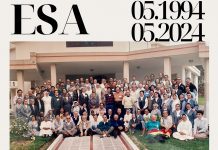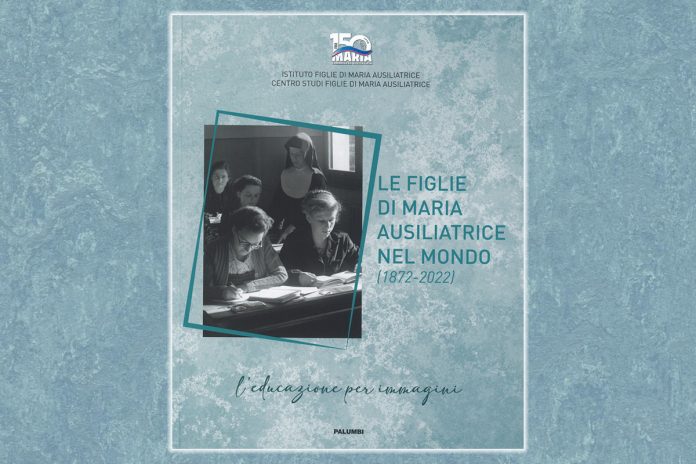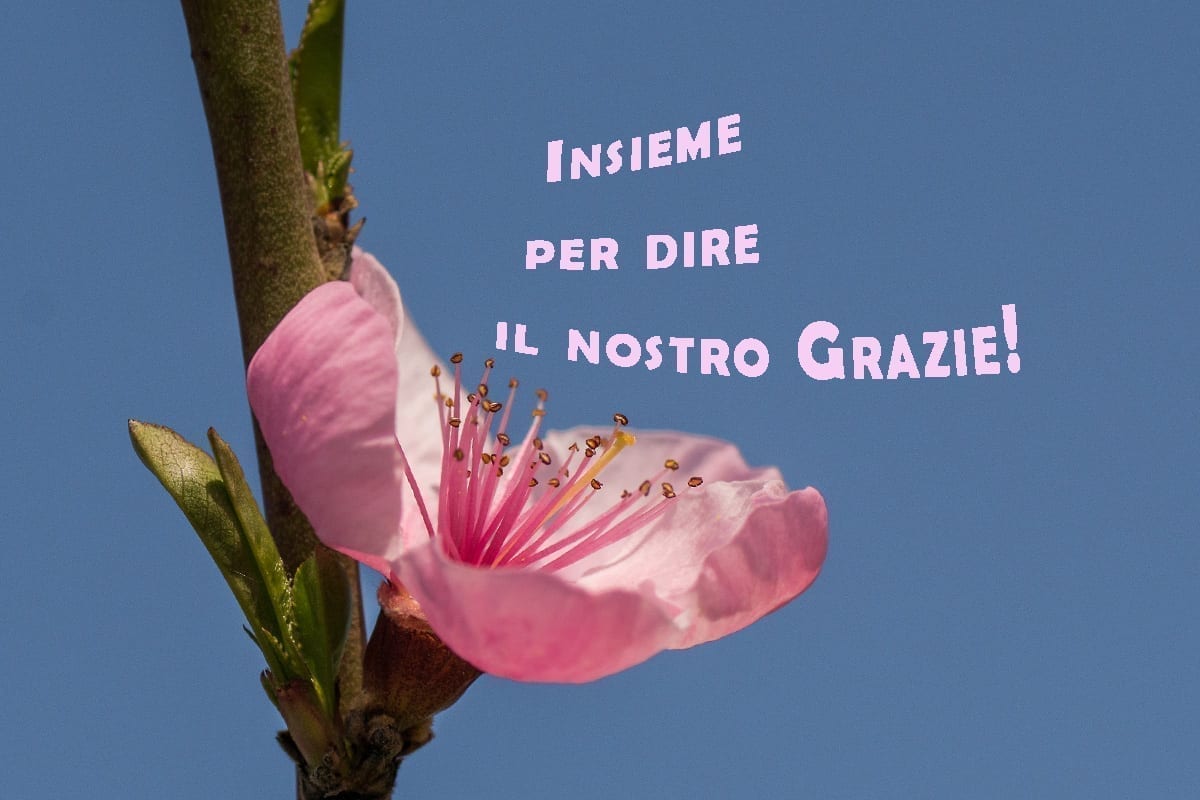Rome (Italy). “The Daughters of Mary Help of Christians in the world (1872 – 2022). Education through Images” is the title of the book edited by Grazia Loparco and Angela Marzorati, FMA, published in September 2022 by Palumbi Publishing in the 150th anniversary of the Institute of the Daughters of Mary Help of Christians.
The photographic volume, over three hundred pages and with about six hundred images, mostly unpublished, relates and documents the educational passion of generations of Daughters of Mary Help of Christians in the five continents. Published and distributed on the occasion of the International Conference Contribution of the Daughters of Mary Help of Christians to education (1872 – 2022) Paths Challenges Perspectives, it almost constitutes a precious additional session.
Sr. Chiara Cazzuola, Mother General of the Institute of the FMA, writes in the Presentation: “Leafing through this text is like opening a window on the history of the Institute. Each photo makes visible some traits of the missionary daring and creativity of many FMA who, in collaboration with laity, young people, and families, give continuity and fruitfulness to the Salesian educational charism which began on 5 August 1872 in Mornese (Alessandria) by St. John Bosco and St. Mary Domenica Mazzarello and is now widespread in 97 Countries around the world. Each image offers us the surprise of an encounter, the beauty of a life experience, the strength of a creative and far-sighted choice, a new response to ancient needs, a glimmer of hope on the path of so many poor people and in particular of children, adolescents, and young women” (p. 3).
The ambitious project, the result of the collaboration between the Pontifical Faculty of Educational Sciences “Auxilium” and the headquarters of the FMA Institute, was curated by Sr. Grazia Loparco, Professor of Church History and History of the FMA Institute at the “Auxilium” Faculty; and by Sr. Angela Marzorati, head of the section of the Photographic and Audiovisual Documentation Office of the General Archive of the FMA (AGFMA). From the immense collection that documents 150 years of activity and development, only some images have been selected, in the awareness of inevitable absences.
In the Introduction, Sr. Grazia explains the criteria for choosing the material in this way: “The first criterion in the choice was to ensure that, for each country, there was at least one photograph. […] The second criterion was to use photos in which the educational activity proper to the FMA was evident with common or specific aspects of the environment, or more original activities, motivated by local needs and particular events” (p. 12).
In fact, leafing through the volume, the promise of the Introduction seems to be kept (pages 12-13): “Through each image one enters an environment, a work, in a moment that documents the presence of the FMA in each of the Countries reached on the five continents. Each fragment of life concerns the social micro-history; the history of youth and childhood, education, school and work especially for women, associations (including past pupils and patronesses), and free time, evangelization, female religious life.”
Photographs, audiovisuals in general, make it possible to tell and document history, often the daily one that escapes the manuals, to know apparently secondary aspects, but important for grasping the culture, the intentions, the successes, and the difficulties, sometimes the feelings of the people portrayed there.
Unfortunately, in recent decades there has been a lack of photographic material, despite the fact that the Institute is committed to supporting the communities by providing criteria for documentation. “In some cases, for this publication, the use of local archives has made up for the shortcomings, although the breadth of the Institute and the multiplicity of works has limited the ability to view local realities” (p. 13).
The volume can then also be an opportunity to reflect on the responsibility towards the history of which one is a part and which one intends to preserve and transmit to build the future. Documenting the educational action of the FMA Institute means “making the good known” according to what Don Bosco recommended, but also contributing to the spread of a culture that puts the person and his/her dignity back at the center, for which the FMA and the Communities whose images present fragments of the life they worked with passion and creativity.
Pope Francis, receiving a preview copy, expresses himself in thanking Mother Chiara for the homage:
“Dear sister,
Thank you very much for the kind letter you sent me through Sr. Anna Rosa [his FMA missionary cousin in Thailand, passing through Rome, was visiting him and brought Mother’s copy of the book] and for the copy of the volume “The Daughters of Mary Help of Christians in the world”. I was pleased to note that the book highlighted the living roots that still bear abundant fruit in the Church today.
I too remember with joy and gratitude, the warm welcome you gave me on my visit to the Generalate last year, during the celebration of the General Chapter. Forgive me if on that occasion I caused some change in the program of your activities, but I did not want to miss the opportunity to meet and thank you for all the good you do. As I already did on that occasion, I invite you to continue to look at reality always rooted in Christ and faithful to the charism, trying not to give in to the temptation of spiritual worldliness, which often subtly hides itself.
I pray for you and for all the Daughters of Mary Help of Christians. I ask you not to forget to pray and to have people pray for me. May Jesus bless you and the Holy Virgin keep you.
Fraternally,
Francis”.





















A nombre de la Inspectoría CMM agradezco esta publicación que nos pareció de mucha utilidad para ampliar los horizontes. Pues cada imagen habla por sí sola y nos da una lección de pastoral educativa y comunitaria. Gracias por el esfuerzo para realizar el texto, gracias por el envío que ya recibimos parte del pedido hecho y gracias por querer mantener viva la llama del carisma en cada corazón de las FMA.
Realmente la Virgen se pasea por cada casa.